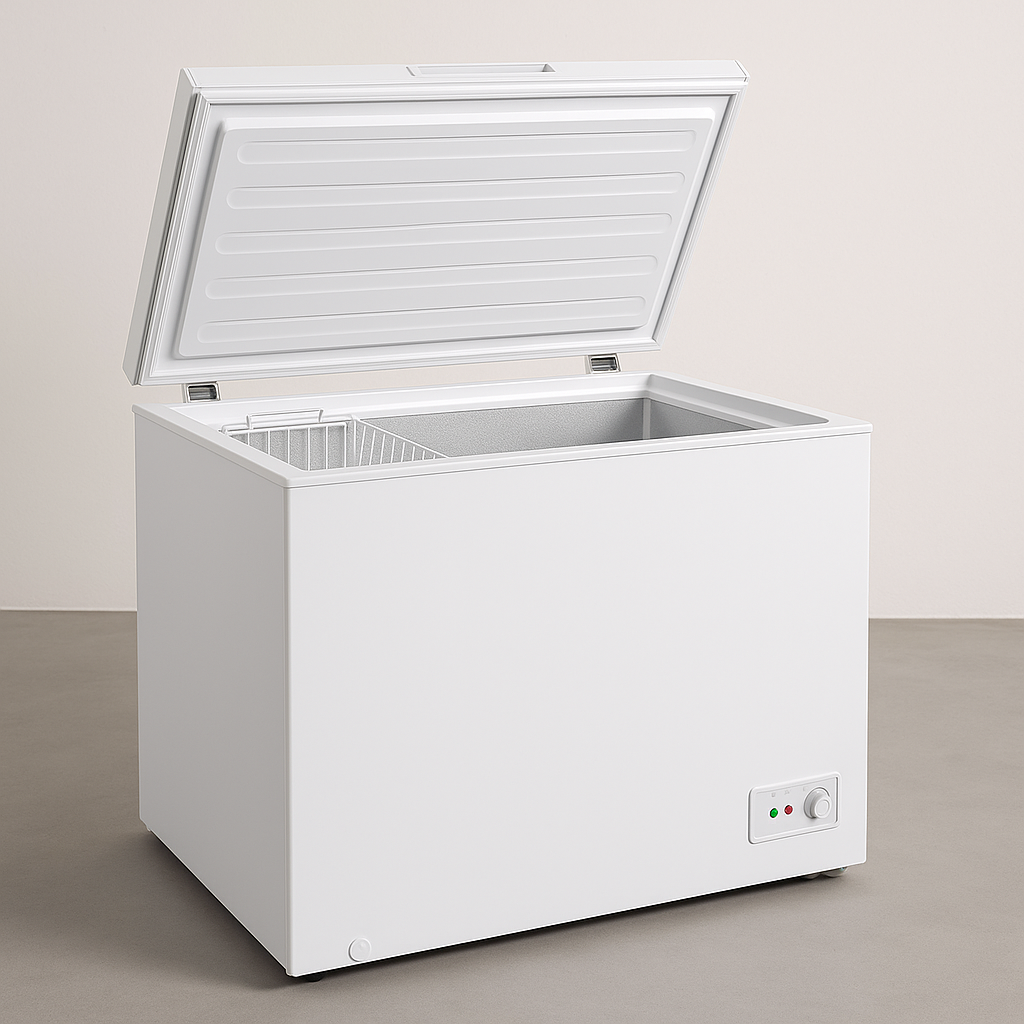The 3 Biggest Disasters In Refrigerator With 0-Degree Zone Test The Re…
페이지 정보

본문
Exploring the 0-Degree Zone in Refrigeration: A Comprehensive Test
Fridges are a staple in contemporary cooking areas, essential for protecting food quality and ensuring it lasts longer. One feature that has actually amassed attention in current years is the 0-degree zone, often promoted as a perfect option for keeping meats, fish, and other perishables. However what does the 0-degree zone involve, and is it really efficient? In this article, we will explore the principle of the refrigerator's 0-degree zone, perform a thorough test of its capabilities, and answer common concerns surrounding this feature.

What is a 0-Degree Zone?
A 0-degree zone describes a specialized section within a refrigerator designed to maintain a temperature level around 32 ° F(0 ° C). This temperature level is ideal for keeping disposable products fresh without freezing them. While conventional refrigeration operates at slightly above freezing temperature levels (usually in between 32 ° F and 40 ° F ), the Kühlschrank Edelstahl Look Mit 0 Grad Zone Test (Https://Cvimmo.Lu/Agent/Einbau-Gefrierschrank-Kaufen9913/)-degree zone aims to extend the freshness of items that are more prone to wasting.
Secret Benefits of the 0-Degree Zone
- Extended Freshness: Ideal for saving meats and fish, Gefriertruhe Günstig Freistehender Kühlschrank Kaufen (http://14.103.199.217) the cold temperature level can assist decrease bacterial growth.
- Protected Quality: Fruits and veggies can retain their texture and taste longer when saved at this ideal temperature level.
- Lowered Spoilage: Prevents freezer burn for items that are typically stored in regular freezer compartments.
The Test: Evaluating Refrigerator 0-Degree Zones
To assess the effectiveness of the 0-degree zone, a range of fridges, equipped with this function, were checked for their efficiency over a two-week duration. Food items frequently kept in this area were monitored, consisting of beef, chicken, fish, fruits, and veggies. Here's a breakdown of the approach and outcomes.
Test Methodology
- Refrigerators Selected: Five various designs featuring 0-degree zones.
- Items Stored:
- Ground beef
- Chicken breasts
- Salmon fillets
- Strawberries
- Carrots
- Temperature level Monitoring: Internal temperatures were logged daily using exact thermometers placed in the 0-degree zone.
- Quality Assessment: At the end of the two-week period, visual assessments and taste tests were performed.
Test Results
Table 1: Temperature Consistency Across 0-Degree Zones
| Refrigerator Model | Average Temperature ( ° F)Fluctuation Range ( ° F | |
|---|---|---|
| ) Model A | 32.5 | 31.0 to 34.0 |
| Design B | 31.8 | 30.0 to 33.0 |
| Model C | 32.2 | 31.5 to 34.5 |
| Model D | 32.0 | 31.0 to 33.5 |
| Model E | 30.5 | 29.5 to 31.5 |
Table 2: Quality Assessment of Food Items After Two Weeks
| Food Item | Refrigerator Model A | Design B | Model C | Model D | Design E |
|---|---|---|---|---|---|
| Hamburger | Fresh | Fresh | Slightly Discolored | Spoiled | Spoiled |
| Chicken Breasts | Fresh | Fresh | Somewhat Dry | Spoiled | Spoiled |
| Salmon Fillets | Fresh | Fresh | Fresh | Somewhat Dry | Spoiled |
| Strawberries | Fresh | A little Soft | Fresh | Ruined | Ruined |
| Carrots | Crisp | Crisp | A little Wilted | Soft | Ruined |
Observations From the Test
Temperature level Consistency: All evaluated refrigerators kept temperature levels near to the wanted 0-degree mark. However, Model A and Model B showed exceptional consistency with minimal fluctuation, making them more reputable for preserving food.
Food Preservation: Items saved in Model A and Model B revealed minimal signs of wasting, while those in Models D and E exhibited substantial degeneration, particularly the meat items.
Moisture Retention: The refrigeration designs, in spite of keeping low temperature levels, handled to maintain the wetness levels of the food sufficiently, particularly in Models A and B.
The 0-degree zone in contemporary refrigerators presents a valuable enhancement for those seeking to prolong the life of their perishable goods. This function stands apart for its ability to keep ideal temperature levels while lowering putridity and keeping food quality.
FAQs
1. What kinds of food are best matched for the 0-degree zone?
Foods that benefit from storage in the 0-degree zone consist of meats, seafood, ready meals, some dairy items, and certain vegetables and fruits that do not freeze well.
2. How can I inform if my refrigerator has a 0-degree zone?
Examine your refrigerator's user manual or the temperature level controls. Many brands consist of a particular compartment labeled as the 0-degree zone or comparable phrasing.
3. Is it safe to keep food in the 0-degree zone?
Yes, offered that the temperature regularly remains around the 0-degree mark. Keeping food at this temperature level helps restrict germs growth while maintaining freshness.
4. Can the 0-degree zone be changed?
In many fridges, the temperature settings for Gefriertruhe Testsieger the 0-degree zone can be changed, however it's advised to keep it near or at 32 ° F for optimum outcomes.
5. The length of time can food last in the 0-degree zone?
This can differ depending on the type of food. Meat and fish can last longer than in a routine fridge however check particular guidelines for best practices on storage times.
In conclusion, buying a refrigerator with a 0-degree zone not only improves food conservation practices however likewise ensures that your active ingredients maintain their quality and taste. By exploring various models and their capabilities, Bester Gefrierschrank No Frost (Bbclinic-Kr.Com) consumers can make educated choices that fit their food storage requirements.
- 이전글How To Explain Polish Driving Permit For Sale To Your Grandparents 25.11.01
- 다음글How To Outsmart Your Boss With Large Chest Freezer Price 25.11.01
댓글목록
등록된 댓글이 없습니다.
